In nearly every Pokémon title, players start with a tough decision: which starter do you choose? Between Grass, Fire, and Water, each starter has many innate strengths and weaknesses associated with its type, usually becoming much stronger as they grow into their evolved forms.
The Grass-type, in particular, is a somewhat overlooked type in the Pokémon series due to limited availability, skewed move pools, and an over-reliance on checking for weaknesses that other types do not struggle with as severely. Yet, this type has some of the most elegant and powerful Pokémon currently available, many of which stride in battle with access to various moves that can damage and inflict status conditions on foes.
All Grass-type Pokémon share the unique quality of being unaffected by powder moves, such as Sleep Powder, Poison Powder, and Stun Spore. They also gain bonuses with moves like Rototiller that work exclusively on them, or abilities like Flower Veil that protect all Grass-types in a player’s party from status conditions.
Yet even with so many positives, Grass-type Pokémon suffer from having some of the most weaknesses of any type, often making it difficult to use them effectively. Here are all the weaknesses of the Grass-type in the Pokémon series.
Grass weakness: Fire
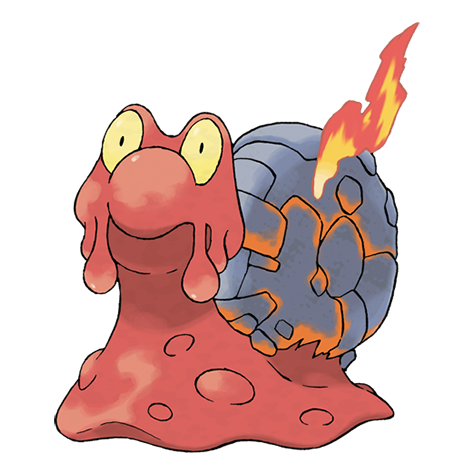
Perhaps the most glaring weakness that Grass-type Pokémon have is Fire-type Pokémon and moves, one of the most popular types in the series. Unfortunately for players with Grass-type Pokémon, the popularity of the Fire-type makes it incredibly common on the teams of many in-game trainers and real players alike.
Moves like Incinerate and Flamethrower can be learned by various non-Fire-type Pokémon, making it difficult for Grass-type Pokémon to head into fights blind efficiently. Players may be surprised that even Pokémon like Steelix, Octillery, and Slowbro can learn Fire-type attacks when Grass-type moves would be otherwise useful against them.
Grass-type Pokémon with the ability Chlorophyll, an ability exclusive to them that doubles speed in the sunlight, lose their advantage when heading into battle against Fire-type Pokémon. Though they’ll still get to double their speed, Fire-type attacks are also boosted in the sunlight, giving them an even easier chance to wipe away Grass-type Pokémon with ease.
Grass weakness: Flying
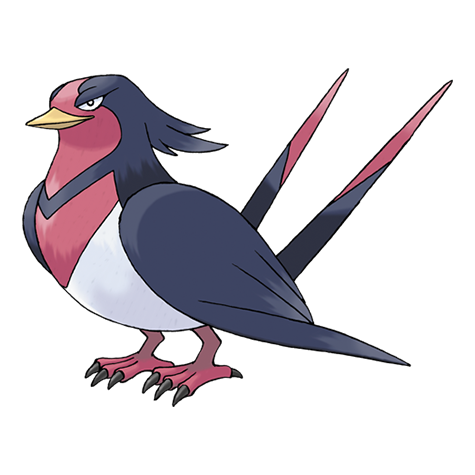
Nearly every generation of Pokémon has an early bird that players can encounter in the first patches of grass they venture through. While many of these don’t have access to Peck or Gust until around level ten, they also deal super-effective damage against Grass types, who do not-very-effective damage back.
Very few Grass-type Pokémon can effectively deal with the attack and speed stats that Flying-type Pokémon have. Even Grass-type Pokémon with a secondary type can do very little against Flying-types that consistently dish out powerful attacks before others get their turn.
If players find themselves staring at a Flying-type Pokémon on the opposing team, it’s best not to utilize Grass-type Pokémon, rather save them for dealing with Pokémon of other types. But if players use Flying-types to take down Grass-types, invest in moves like Brave Bird, Drill Peck, and Hurricane.
Grass weakness: Bug
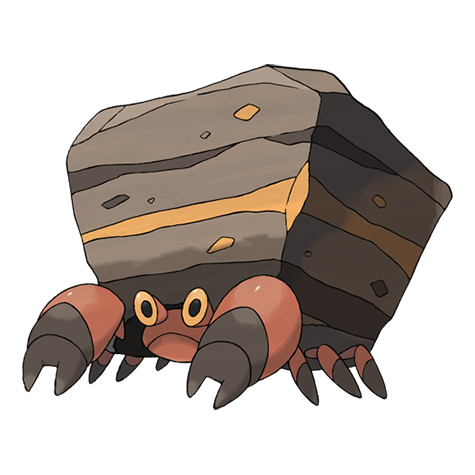
Multiple Pokémon games have players traverse through forests filled with Bug-type Pokémon. Unfortunately, trainers that opted for a Grass-type starter may have difficulties getting past Bug Catchers and their many critters.
The Bug-type is only super-effective against Grass-types, Psychic-types, and Dark-types. Yet unlike the latter two types, Grass-type moves are not very effective against Bug-type Pokémon, giving Grass-type Pokémon a major disadvantage when taking them on. Players may be surprised that even a Butterfree or Vivillon can quickly tear through their teams with moves like Struggle Bug and Bug Bite.
Luckily for players, Bug-type Pokémon are some of the frailest in the game, despite so many reaching their final forms within 20 levels. The Bug-type moves they gain access to may increase in power, such as Bug Buzz, Leech Life, and X-Scissor, but they maintain their relatively-low defenses. However, Grass-type Pokémon may continue to struggle unless they have type coverage.
Grass weakness: Ice

The Ice-type shares the same amount of weaknesses as the Grass-type. Fortunately for players raising Grass-type Pokémon, Ice-type Pokémon usually are not found until the later part of most games, and Ice-type moves aren’t common on non Ice-type Pokémon.
Moves like Ice Beam, Blizzard, and Avalanche can bring down nearly any Grass-type Pokémon, even if they are specifically trained to deal with Ice-type moves. Grass-type moves are neutrally-effective against Ice-type Pokémon, though players should opt for Grass-type moves that deal physical damage, as many Ice-type Pokémon are known for their high Special Defense stat.
Grass weakness: Poison
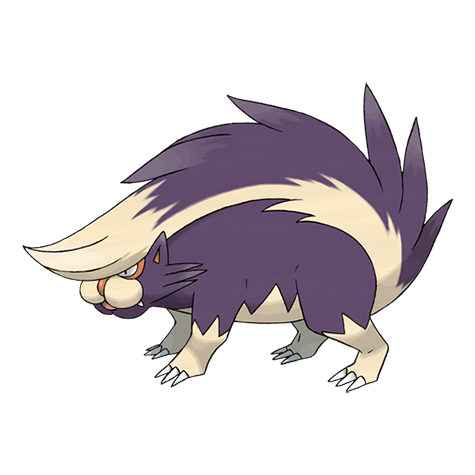
For a long time, the Poison-type went relatively underused in the Pokémon series. Though no shortage of Pokémon are part-Poison-type, most Pokémon with a weakness to Poison have other weaknesses that can be more easily exploited.
Then, in 2013, the Fairy-type was introduced, of which Poison is one of its only two weaknesses. Since then, it’s become increasingly common to see Poison-type Pokémon and moves on teams of in-game trainers and real players.
This has led to yet another obstacle Grass-type Pokémon have to overcome. While they’ve had a weakness to Poison-types since the start of the series, they’ve never had to deal with them at the level they have to now. Even non-Poison-type Pokémon have access to moves like Poison Jab, Sludge Bomb, and Sludge Wave that deal hefty damage to Grass-type Pokémon.
These moves also have the potential to poison Grass-types, who can take double damage from Venoshock, or have their stats lowered immensely by Venom Drench. Since Grass-type attacks are not very effective against Poison-type Pokémon, it’s best to bring a Ground-or-Psychic-type Pokémon in their stead.


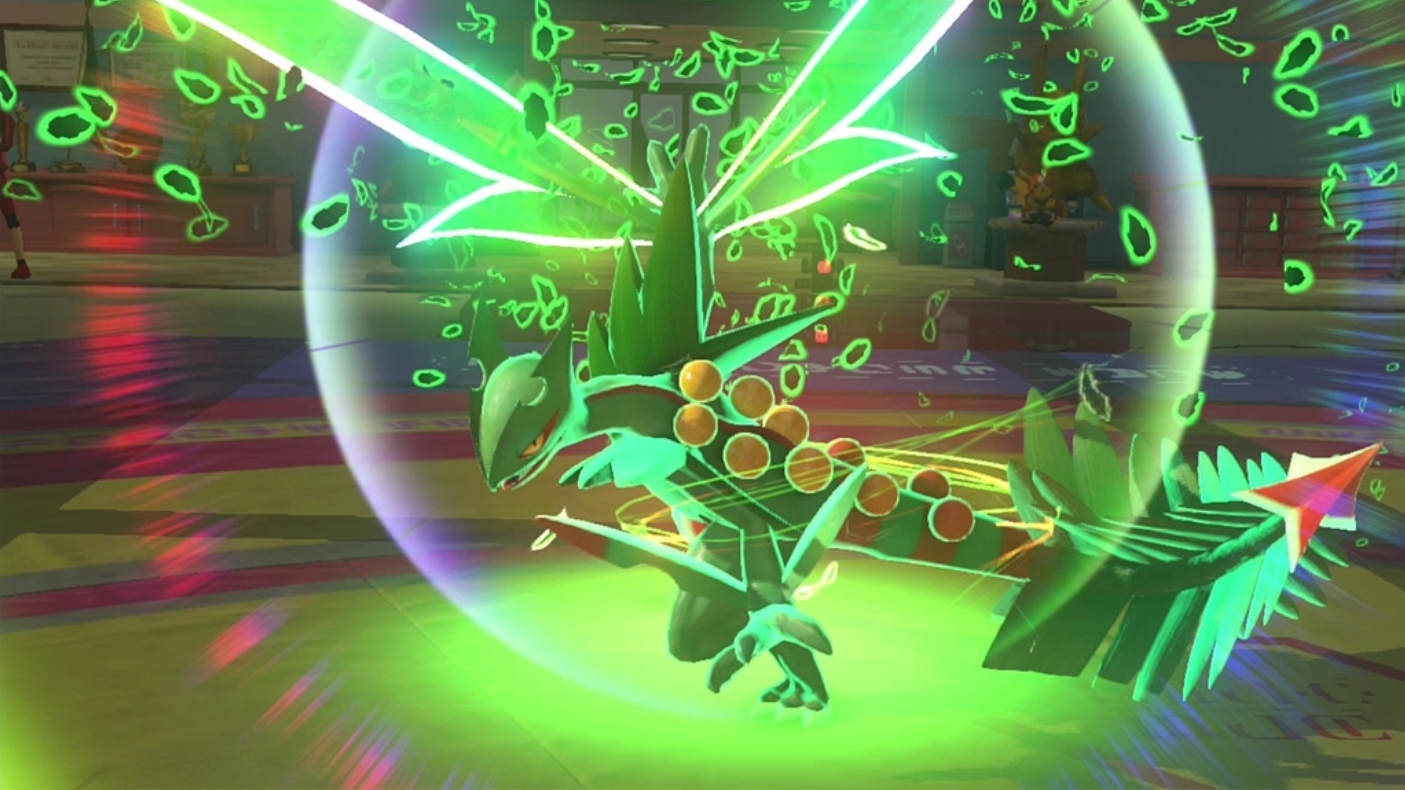
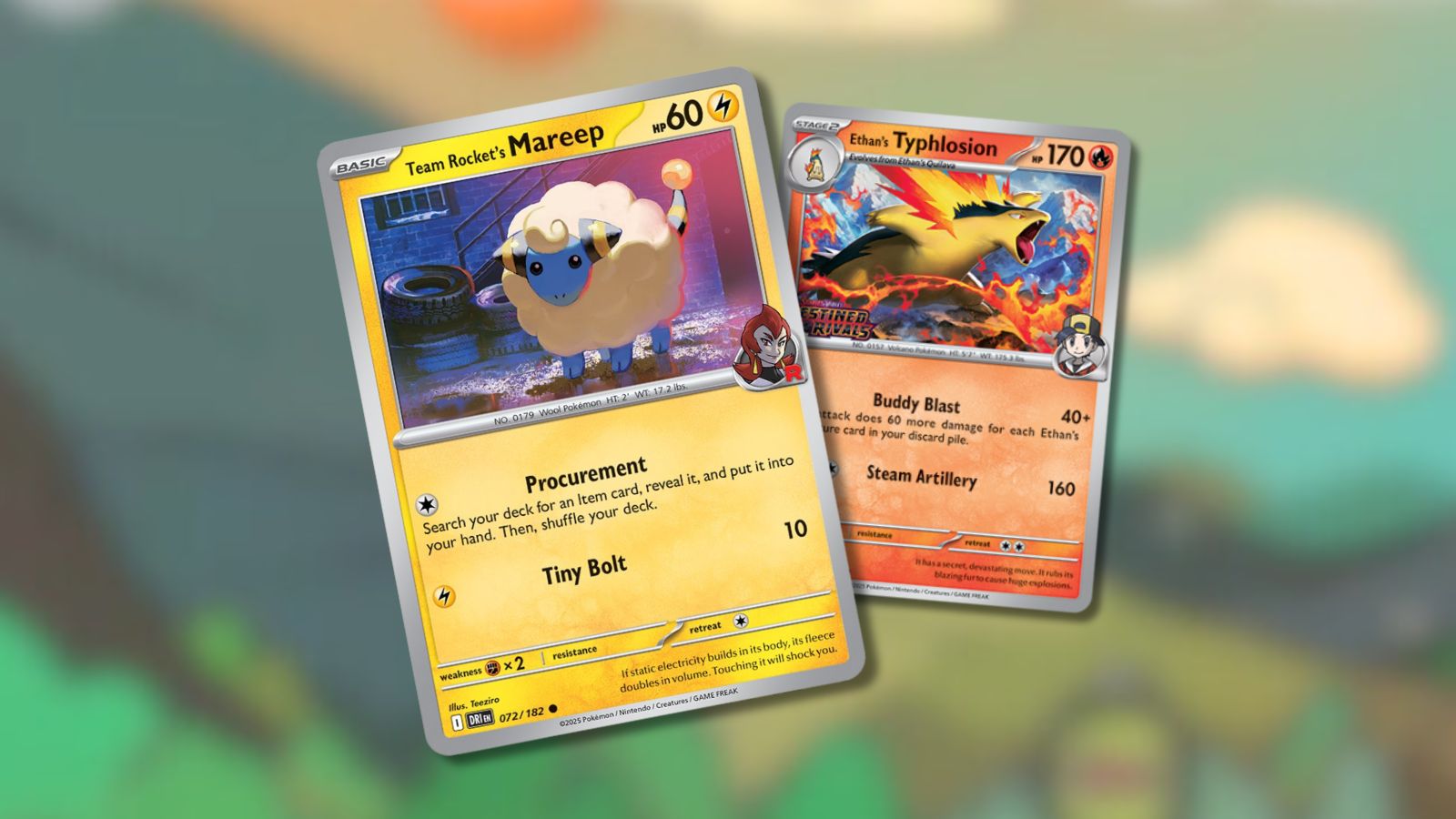


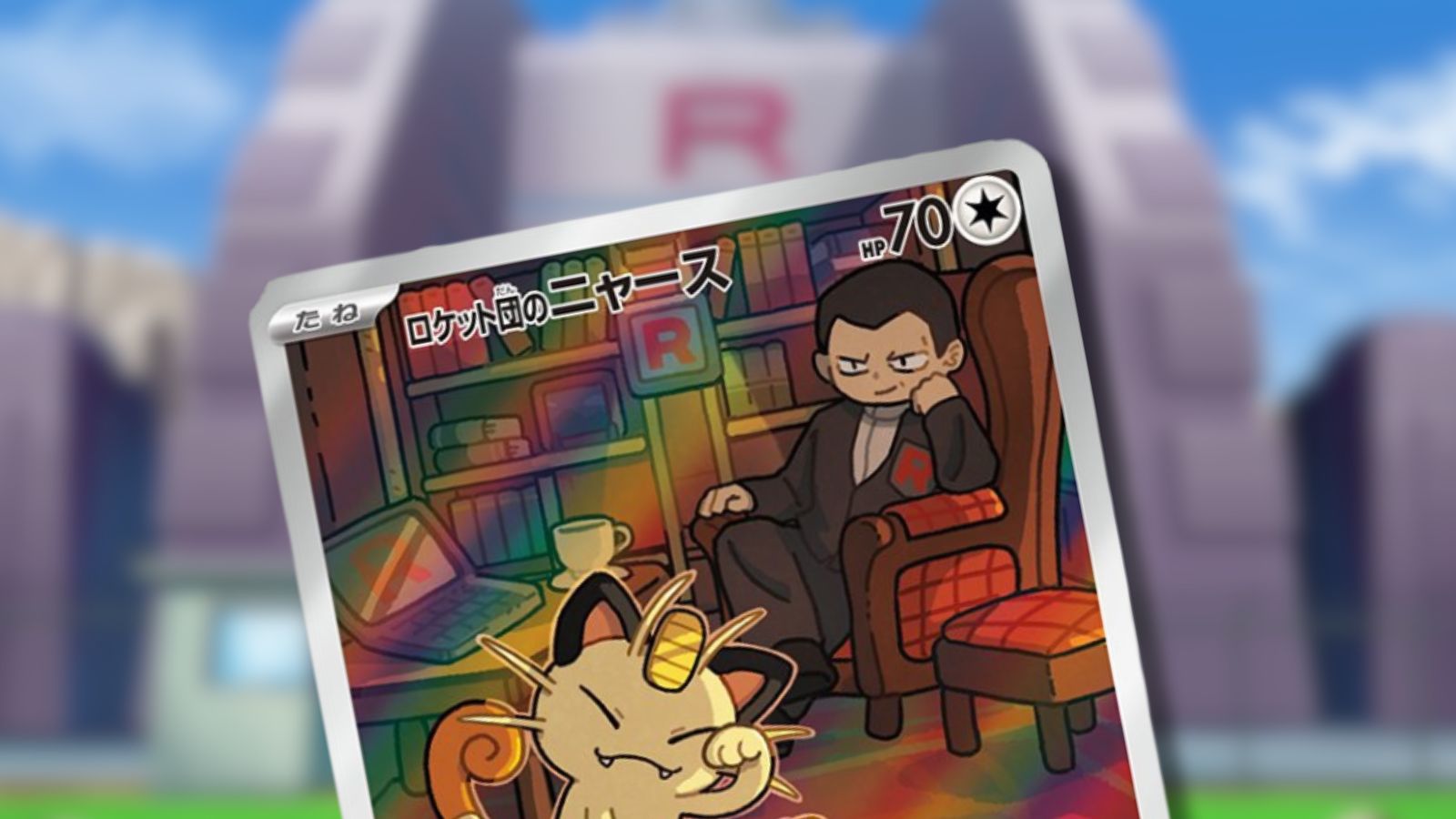
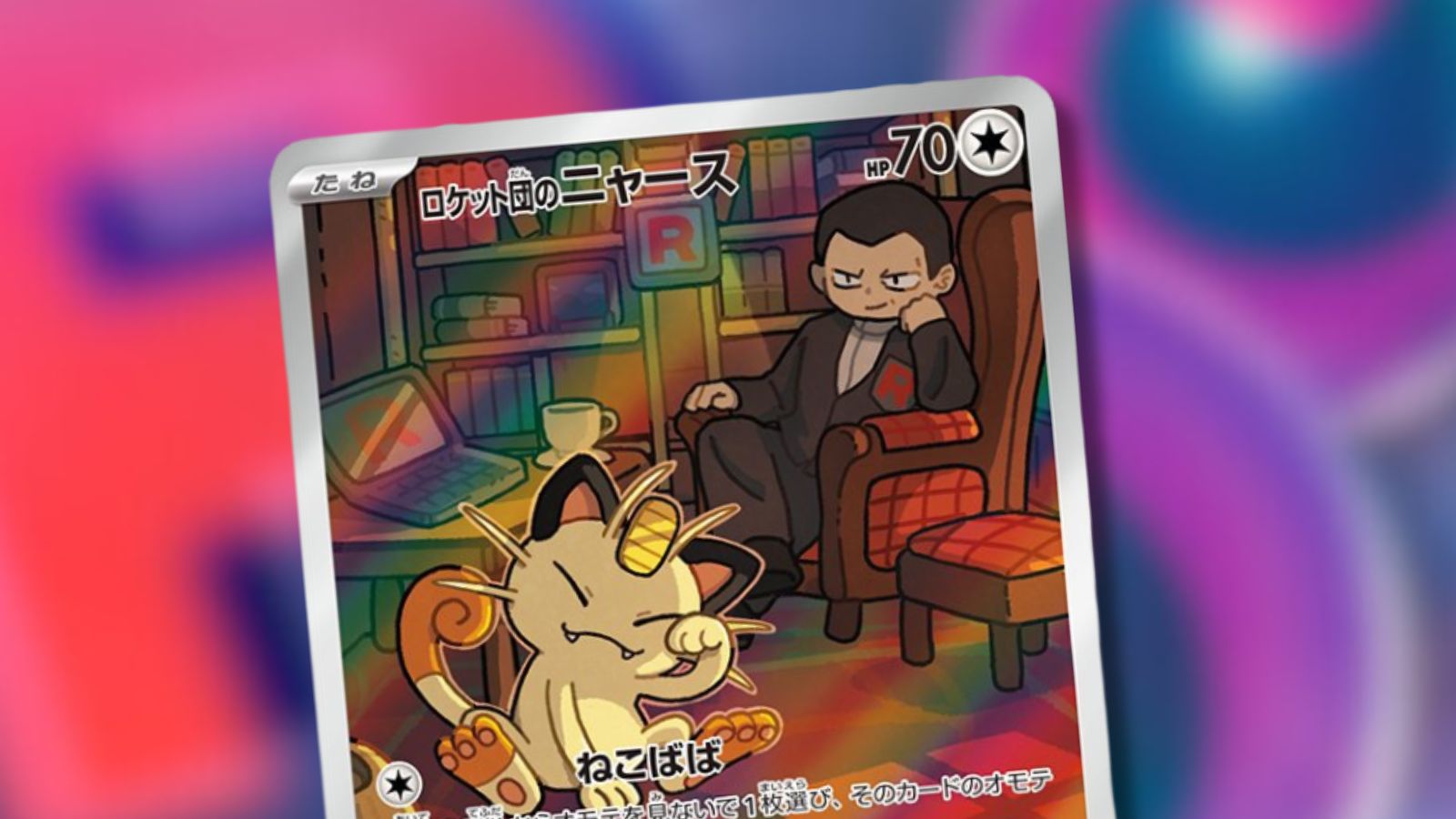

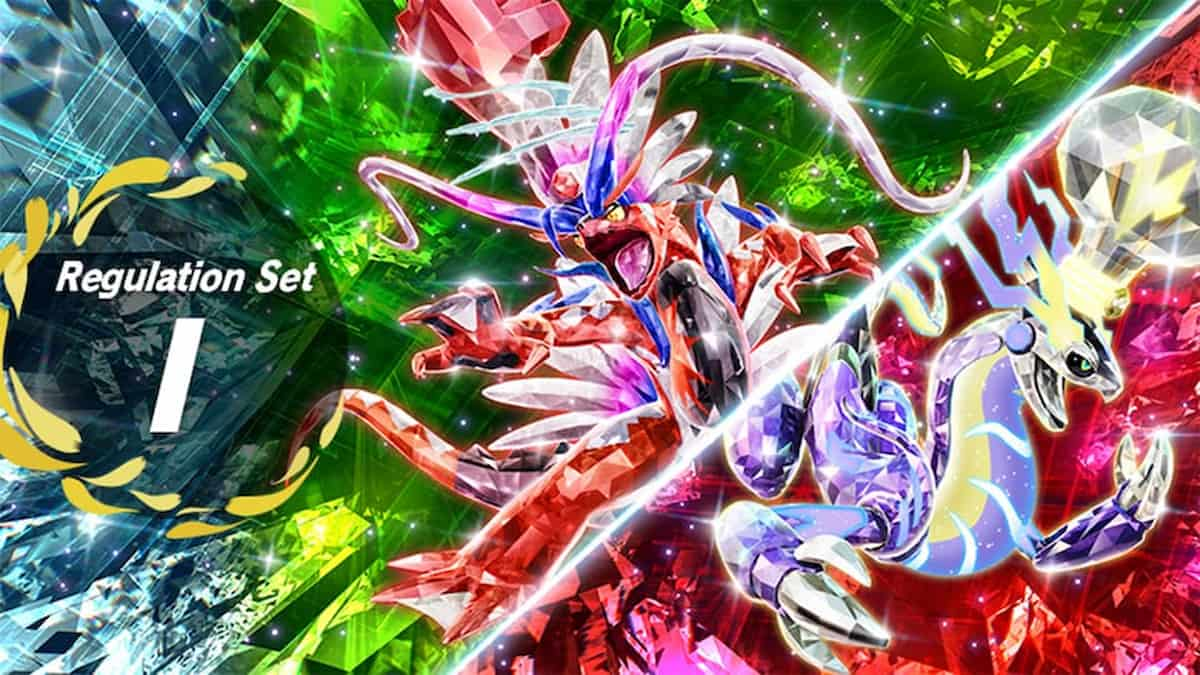
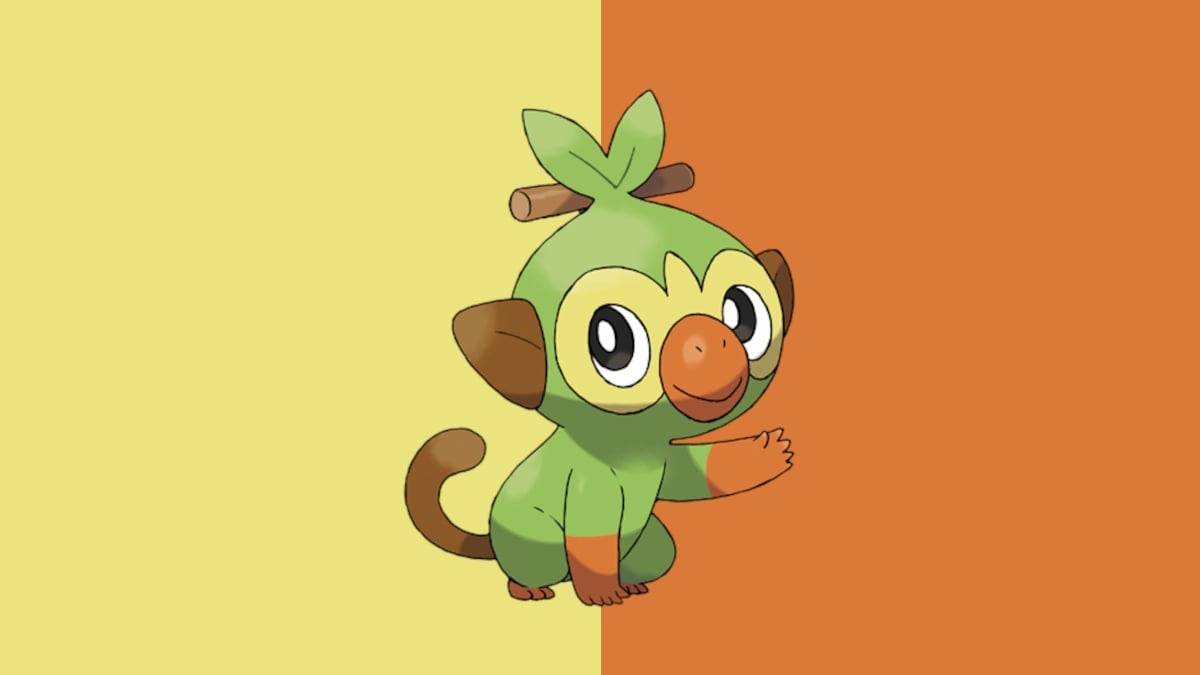

Published: Jul 9, 2022 04:31 pm